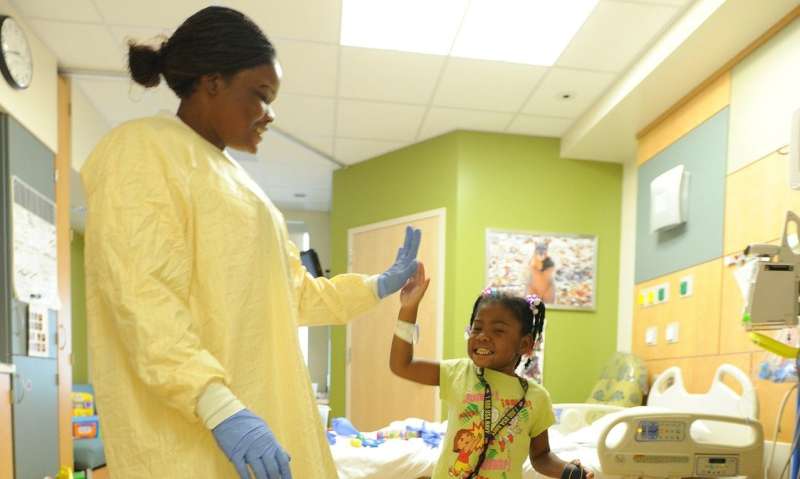
Diagnosis of community acquired pneumonia in children usually involves X-rays, despite recommendations to limit their use by professional societies. In efforts to reduce radiation exposure from X-rays in children and reinforce guideline compliance, researchers from Ann & Robert H. Lurie Children’s Hospital of Chicago and colleagues have developed a simple diagnostic model that accurately predicts whether patients are at high risk or low risk for community acquired pneumonia, eliminating the need for X-ray confirmation. Their findings were published in the journal Pediatrics.
“Our predictive model for community acquired pneumonia is a critical step toward safely reducing radiation exposure in children,” said lead author Sriram Ramgopal, MD, emergency medicine physician at Lurie Children’s and Assistant Professor of Pediatrics at Northwestern University Feinberg School of Medicine. “For patients who are determined to be at low risk for pneumonia, we can also avoid unnecessary antibiotic use.”
Dr. Ramgopal and colleagues statistically derived their model based on the clinical history, symptoms and X-ray results of 1,142 patients, aged 3 months to 18 years, who were evaluated for suspicion of community acquired pneumonia. They found three key variables with the strongest predictive value for either high risk or low risk of pneumonia—increasing age, fever duration and decreased breath sounds upon exam with a stethoscope.
Source: Read Full Article
